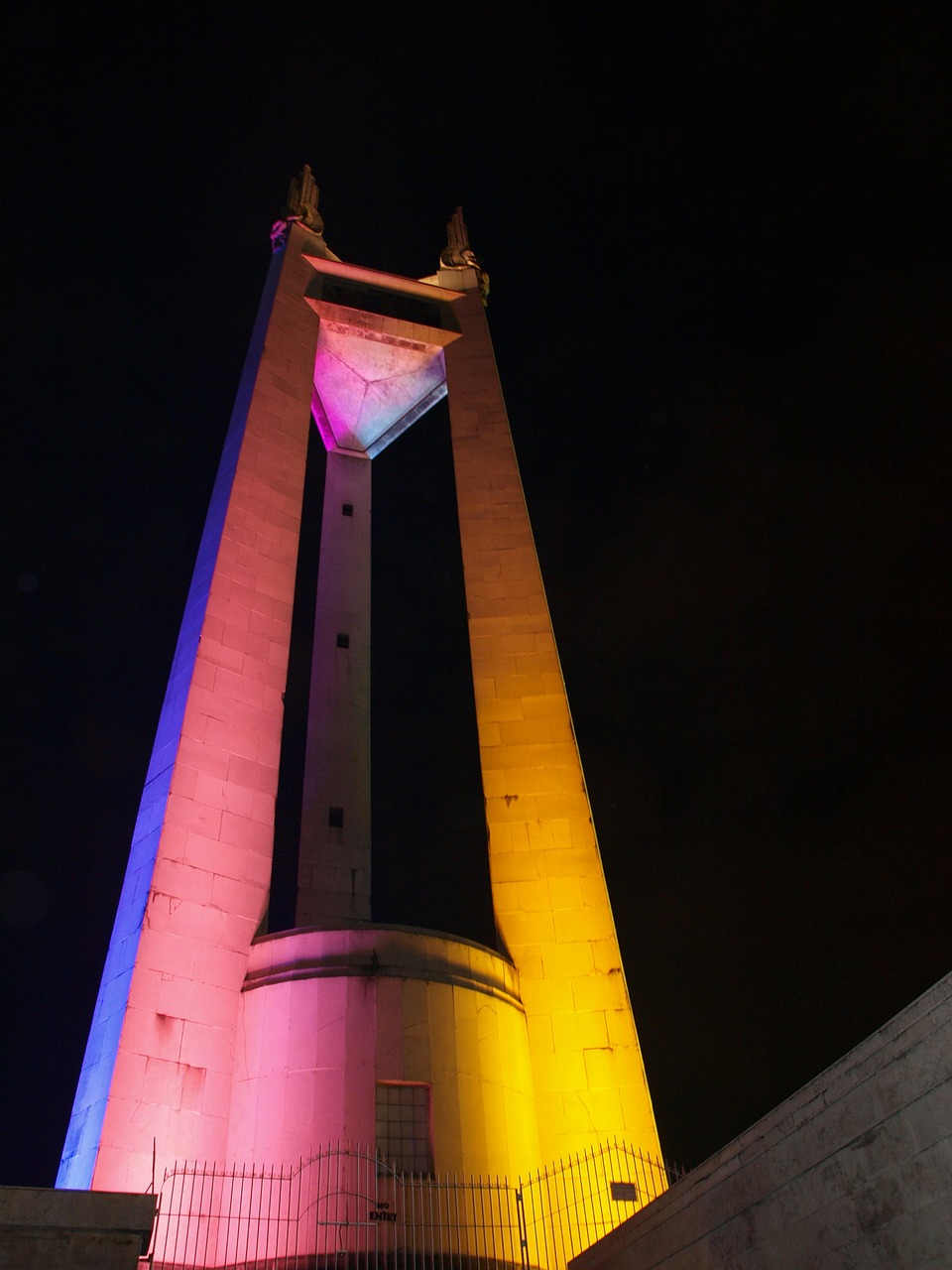In both ancient and modern cultures, leaders set up monuments to commemorate a historical happening.
Wikipedia defines it well: A monument is a type of structure that was explicitly created to commemorate a person or event, or which has become important to a social group as a part of their remembrance of historic times or cultural heritage, or as an example of historic architecture.
Sometimes these were tied to a victory, a death, or a religious experience.
Many cultures also used milestones along the road to allow travelers to note the distance they had traveled since there were no odometers on their sandals or horses. These were kind of mini-monuments along the journey to remind the traveller of progress.
So what does this have to do with you as a leader, the student, the employee or the parent?
I’ve talked to leader after leader (and person after person), and I consistently hear the same statement. Sometimes I don’t feel like I know what I’m doing, but I don’t have anyone to tell. I doubt myself.
While you definitely need someone you feel comfortable talking to as the primary solution to this, I want to give you another tool that can help build confidence.
Set Your Own Monuments and Milestones
Many times in today’s fast-paced world, the word monument has come to carry a wrong connotation. “They’ve built a monument to themselves” can mean an organization is stuck in the past. This is wrong thinking.
We need monuments.
We need to anchor progress, victories and wins into our memory. When these get etched into our memory, it helps us see progress. This can be extremely important in challenging times, or times where we feel inadequate. To look at a monument or milestone gives us hope. It says, “You’ve come this far, you can keep going.”
How do you Set a Monument or Milestone?
When the goal of the monument is simply to remind us of something, we have flexibility about what these monuments look like. This is where your creativity comes in and what speaks to you and your team. Here are some ideas to spark your thinking.
1. Journal – Keeping a journal of wins, battles, and even defeats that were learned is a powerful tool. When doubt sets in, you can go back and look through the journal and see a) that the battle didn’t ultimately defeat you and b) that you CAN WIN. A journal can serve as a catalogue of hope.
2. An Affirmation File - Every time you get a note or email telling you something positive about you or your work, drop it into a file called Affirmation. On challenging days or days you have doubt, pull out this file and read through some of the affirmations. Each can serve as a milestone of the impact you have made.
3. A Physical Marker - I’ve had clients actually construct physical monuments. Many times these are symbolic: a rock on a shelf, an item related to an event being remembered, a plaque, or even a post-it note.
3. An Event - From a simple team member party to celebrate a win all the way to an annual large event, each type can serve as an anchor point. A party reinforces the old adage, “If you want to see more good action, catch someone doing what you want them to do and celebrate it.” It shows team members their efforts are recognized and appreciated.
What Should You Memorialize?
Smallest of Victories
Sometimes we have a victory that would seem insignificant to others, but internally we know that it was a huge step for us. Maybe you operated in fear on a particular decision or action in the past, but this time something was different. Others won’t understand the internal emotion that accompanied the decision, but you clearly do. You made the right decision. Capture this victory with a monument. You can then glance at the monument and watch confidence abound as it reminds you “I’ve done it before, I can do this again.”
Twelve step programs understand this. A chip is given for something that others might not see as that important of a win, but which can seem colossal to the accomplisher. While victory might not seem huge to others, to the receiver of the chip, tears of joy often accompany it when they realize victory over the struggle. I call these personal monuments. Do not let anyone rob you of these victories, no matter how small they seem. Celebrate and build a monument around them.
Large Victories
Other times, a victory or event is significant. Everyone in the organization did his or her part so something momentous could be achieved. NASA’s placing a man on the moon is a historical example. NBA teams hang their championship banners as monuments. Any large win qualifies as a potential monument moment. Your company acquires another company and successfully merges them. You hit a profit goal that seemed very challenging. Everyone’s effort was involved in something that had never been accomplished before. It’s time to note it with a public monument that reminds current AND FUTURE organizational members that they are part of something bigger. This actually is a powerful influencer, calling people to sacrifice and work fervently for the cause. These monuments encourage others particularly well if the story behind the monument is told. Since great things have happened in the organization before, they surely can again.
The Ultimate Goal
The ultimate goal of any monument is to communicate to your mind, “Something significant happened here.“
Thomas Fuller wrote, “Memory is a treasure house of the mind, wherein the monuments therein are kept and persevered.”
Getting wins etched into our minds is vital because nothing influences like a win. Nothing motivates like a victory. Nothing garners sacrifice for the cause like the remembrance of historic sacrifice in the past.
So start setting up personal and public monuments. If someone asks about them, tell the story behind them as compellingly as you can. Doing so will etch the reason for their existence into the mind and allow you to think, “We have made progress. I can perform well in this role.” This affirmation is powerful. Be a monument builder, a moment “memorializer,” and a milestone marker.





